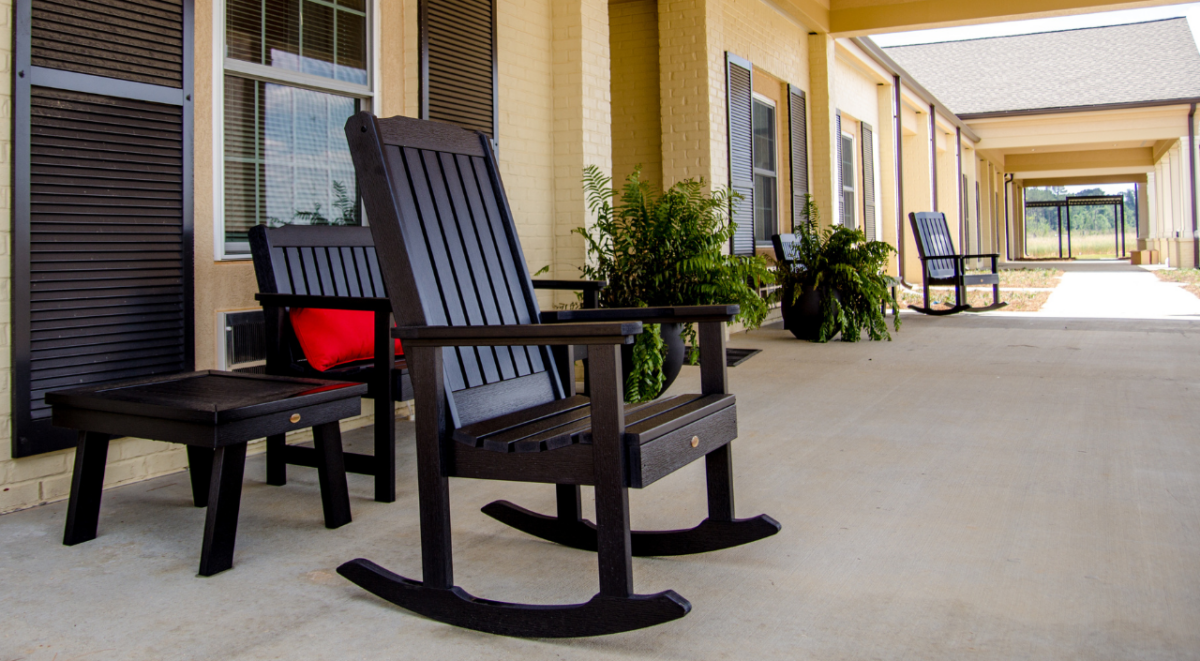The U.S. Department of Agriculture offers a wide variety of commercial loans through its Rural Development (RD) Loan Program. USDA business loans are available for all kinds of small, large, new, and existing businesses through its Business & Industry, Community Facilities (CF), and Rural Energy for America Program (REAP) loan programs.
All present exceptional USDA-backed financing options for businesses, investors, co-ops, nonprofits, and municipalities for a wide range of commercial uses – everything from small businesses to manufacturing facilities, hospitals, assisted living facilities, and more! These programs provide high loan limits of up to $25 million ($100 million for some Community Facilities loans), terms up to 40 years, and highly competitive interest rates, which can be fixed or variable, tied to the Wall Street Journal Prime Rate +1-3%. Another thing they have in common: they are all collateral-backed loans for credit-worthy rural borrowers. But what does this mean? What does the USDA consider “credit-worthy?” How much collateral is required for a USDA business loan, and what can be used for collateral?
What is Collateral for a Business Loan?
Commercial lenders, like North Avenue Capital (NAC), often secure business loans with collateral. In the case of USDA business loans, this is a requirement. Collateral is an asset that a borrower pledges to the lender for the life of the loan to secure the funding. If a borrower defaults on the loan, the lender can then take ownership of the collateral and sell it to repay the loan. Essentially, it is a way for the lender to reduce the risk of losing money on the loan.
How Much Collateral Do USDA Business Loans Require?
For all USDA business loans, borrowers must have good credit and be able to provide collateral set at a discounted value consistent with sound loan-to-value (LTV) practices on a 1:1 basis equal to the loan amount sought. So, if a borrower seeks a $5 million loan, then they must be able to collateralize the loan amount with assets that are also valued at $5 million based on standard LTV policy. All collateral must secure the guaranteed portion of the loan.
What is Loan-to-Value? How is Collateral Valued for a USDA Business Loan?
Loan-to-value (LTV) is an important ratio that helps lenders understand the amount of collateral they need to secure a loan. The LTV is the amount the lender will loan based on the “discounted” value of the collateral. As a standard policy, most lenders discount the value of pledged collateral. For most (not all) USDA business loans issued through NAC, America’s #1 USDA Business & Industry Loan leader, NAC uses a 20% discount reflecting an 80% LTV ratio.
So, if the collateral a borrower pledges has a fair market of $4 million (meaning the asset(s) could be sold for that price) and that value is discounted by 20%, then the resulting discounted collateral value (DCV) is $3,200,000, representing an 80% LTV. This is the amount of guaranteed funding that the collateral could secure. Exact discount figures vary from loan to loan based on factors such as the type of asset put forth and the type of loan being made. Highly liquid assets may enjoy lower discounts.
Other factors that work into the equation include what are called, “The Five Cs.” These are the five major factors that most commercial lenders evaluate when making a business loan. They include:
- Credit history
- Capacity to repay
- Collateral
- Capital
- Conditions (type of loan, amount, term, interest rate, and other variables)
For all USDA commercial loans, borrowers must be deemed credit-worthy with a minimum credit score of 680 or higher (considered “fair credit”). Borrowers must have a good credit payment history. Their business plan must showcase the ability to repay the loan under the terms provided with sufficient collateral or capital to secure the loan. LTVs can ultimately be affected by one or more of these variables and are most often determined by a cumulative assessment of all of them.
What Can Be Used as Collateral for a USDA Business Loan?
For USDA business loans, most types of collateral are accepted, including both business and personal assets, liquid or non-liquid. Liquid assets include cash, stocks, bonds, mutual funds, ETFs, money market funds, and any other type of asset that can be easily converted into cash in a short amount of time. Non-liquid assets are often real estate but also can include such things as equipment, inventory, accounts receivable, and/or personal items like art, antiques, cars, jewelry, and other items.
Can a Personal Guarantee Be Used Instead of Collateral for a USDA Business Loan?
Whereas collateral is an asset used to secure a loan, a personal guarantee requires borrowers to take personal responsibility for their business debt. All USDA business loans require collateral on a one-to-one basis with the funding sought. In some cases, when a borrower may not have sufficient collateral or credit history to obtain the loan amount requested, a personal guarantee may be considered in tandem with other loan variables.
At NAC, our goal is to help rural borrowers secure USDA-backed capital to launch or grow their businesses, providing economic opportunity for themselves and others in the areas where they operate. While USDA Rural Development business loans are targeted to “rural” borrowers, this definition is quite large, representing 97% of America’s total geographic territory. You can easily see if you are in a qualifying area by checking your location on this interactive map.
North Avenue Capital is a deeply experienced USDA-approved commercial lender. We can answer all of your questions about USDA business loans, collateral requirements, and other qualifying factors, and walk you through the application process so you can benefit from this exceptional lending initiative. We have offices in Northeast Florida, Arkansas, Georgia, Tennessee, and Texas, and partners for USDA loans in all 50 states. Contact us today.


